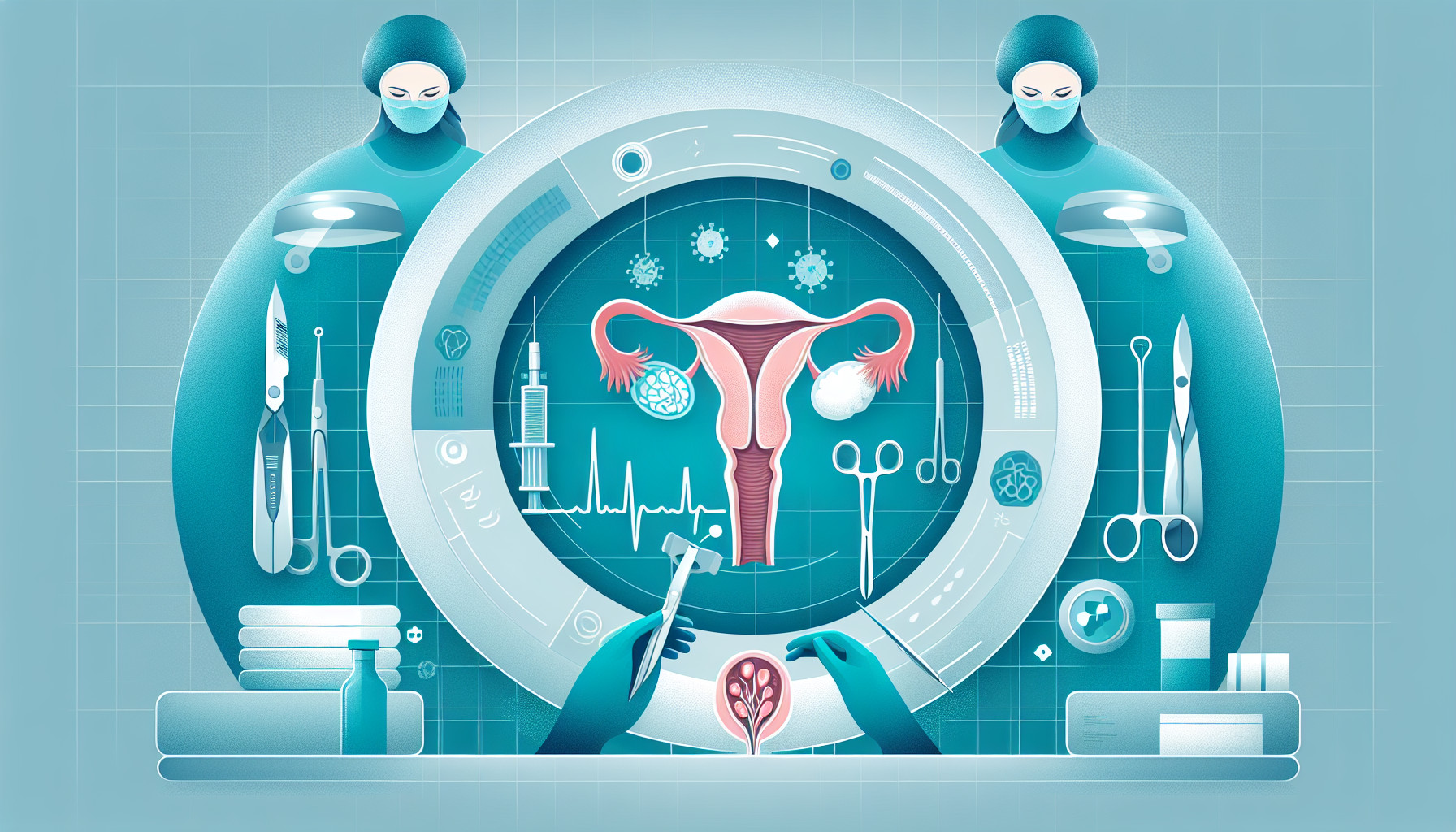Our Summary
This research paper discusses a study on two different methods to treat ovarian endometriomas, which are a type of cyst that forms on the ovaries. The researchers wanted to find out which method was better at preserving the ovaries’ ability to function and produce eggs (ovarian reserve).
The study involved 96 women who had ovarian endometriomas. One group of 54 women had their cysts treated by puncturing them with a needle under ultrasound guidance and then injecting a type of alcohol (ethanol) to shrink the cyst. The other group of 42 women had their cysts removed through laparoscopic surgery.
The researchers measured the levels of a hormone called anti-Mullerian hormone (AMH) before and after the procedures. This hormone is often used as an indicator of a woman’s ovarian reserve.
They found that the women who had laparoscopic surgery had a significant decrease in their AMH levels, suggesting their ovarian reserve was affected. On the other hand, the women who had the ethanol treatment didn’t show this decrease, suggesting their ovarian reserve was preserved.
In conclusion, the researchers suggest that the ethanol treatment may be a better option for removing ovarian endometriomas because it appears to be less likely to impact a woman’s ovarian reserve and fertility. It’s also a simpler procedure.
FAQs
- What are the two methods of ovarian cyst removal discussed in the study?
- What is the impact of cystectomy and ethanolic ovarian sclerotherapy (EOS) on anti-Mullerian hormone (AMH) levels?
- How does the treatment of echo-assisted puncture and sclerotherapy with ethanol affect ovarian reserve or fertility?
Doctor’s Tip
A helpful tip a doctor might tell a patient about ovarian cyst removal is to consider ultrasound-guided aspiration followed by sclerotherapy with ethanol as a conservative treatment option. This approach has been shown to be effective in removing ovarian endometriomas while preserving ovarian reserve and fertility. It is a simple procedure that may be a viable alternative to laparoscopic cystectomy.
Suitable For
Patients who are typically recommended ovarian cyst removal include those with symptomatic cysts, cysts that are causing complications such as torsion or rupture, cysts that are suspected to be cancerous or precancerous, and cysts that are large in size or growing rapidly. In the case of ovarian endometriomas, treatment by ultrasound-guided aspiration followed by sclerotherapy with ethanol has been shown to be a viable alternative to laparoscopic cystectomy, preserving ovarian reserve and fertility.
Timeline
Before ovarian cyst removal:
- Patient may experience symptoms such as pelvic pain, bloating, and irregular menstruation.
- Patient undergoes diagnostic tests such as ultrasound or MRI to confirm the presence of an ovarian cyst.
- Treatment options are discussed with the patient, including the possibility of surgery or minimally invasive procedures.
After ovarian cyst removal:
- If the patient undergoes ultrasound-guided aspiration followed by sclerotherapy, they may experience some discomfort or cramping during the procedure.
- Recovery time is typically quicker compared to traditional laparoscopic cystectomy.
- Follow-up appointments may be scheduled to monitor the patient’s ovarian reserve and hormone levels.
- Patient may resume normal activities within a few days to a week, depending on the individual recovery process.
- Long-term outcomes may include relief from symptoms and preservation of ovarian function and fertility.
What to Ask Your Doctor
Some questions a patient should ask their doctor about ovarian cyst removal include:
- What is the recommended treatment option for my specific type of ovarian cyst?
- What are the risks and benefits of ultrasound-guided aspiration followed by sclerotherapy compared to laparoscopic cystectomy?
- How will the chosen treatment option affect my ovarian reserve and fertility?
- What is the success rate of ultrasound-guided aspiration and sclerotherapy for removing ovarian endometriomas?
- What is the recovery process like for each treatment option?
- Are there any potential complications or side effects associated with the procedures?
- How long will I need to be monitored or follow up after the cyst removal?
- Are there any lifestyle changes or precautions I need to take after the procedure?
- What is the likelihood of the cyst recurring after treatment?
- Are there any alternative treatment options available for ovarian cyst removal?
Reference
Authors: Vaduva CC, Dira L, Carp-Veliscu A, Goganau AM, Ofiteru AM, Siminel MA. Journal: Eur Rev Med Pharmacol Sci. 2023 Jun;27(12):5575-5582. doi: 10.26355/eurrev_202306_32795. PMID: 37401294
